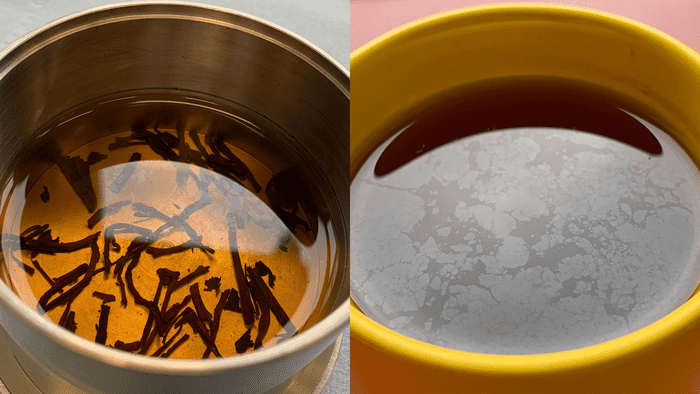
Tea is a fascinating beverage. Wars have been fought over it, empires formed and trembled for its trade. Nowadays, we take tea for granted, and for billions of people, it’s a part of their daily life. But there’s much we’re still learning about it.
In a new study, researchers used the science of rheology to figure out how to make a better cup of tea. Rheology is the study of how things flow — especially fluids. This branch of physics is extremely important in many fields of research, from medicine and biology to engineering and material design, but in this case, researchers applied it to the underappreciated science of making tea.
They focused on the thin film that sometimes forms on the surface of tea once it is left to steep.
This film was misunderstood for a long time. Until not that long ago, it was thought that the film is formed by residual waxy coating from tea leaves — but researchers from the 1990s showed that in fact, it’s calcium carbonate that contributes the most to this film; calcium carbonate that comes from the water.
“Tap water in many regions comes from limestone aquifers, where calcium carbonate, a harmless compound that can make water taste ‘crisper,’ is found,” said co-author Caroline Giacomin. “Many homes in the U.S. Midwest have water softeners to reduce this in their water supply to prevent buildup on faucets.”
[Also Read: How to brew the perfect black tea — according to science]
The film has an interesting behavior. It only forms at the air-water interface, when the tea is left to cool down after steeping, and it sometimes cracks visibly like ice. Using the science of rheology, the researchers calculated how different brewing parameters (like water hardness, temperature, sugar, milk, tea concentration, or acidity) affect the film.
“In interfacial rheology, experiments performed involve a metal device placed at the surface of the tea,” Giacomin said. “The rotation of that device is carefully controlled, and the resistance to rotation that the film applies is what allows us to determine its strength.”
Water hardness has the biggest impact on the film, but “if you were to make a cup of tea in perfectly pure water, it would not form a film at all, but the tea would taste quite bitter.” So how could we use this information to make better tea?
“Conditions forming the strongest film, chemically hardened water, may be industrially useful in packaged tea beverages for preferable shelf stability and for emulsion stabilization of milk tea products. Conditions forming weakened films, addition of citric acid, may be useful for dried tea mixes,” the study explains.
Adding something acidic, like a lemon, can also make the film less visible and add flavor. Just be careful not to add milk as well, or you’ll end up in an incompatible food triad.






